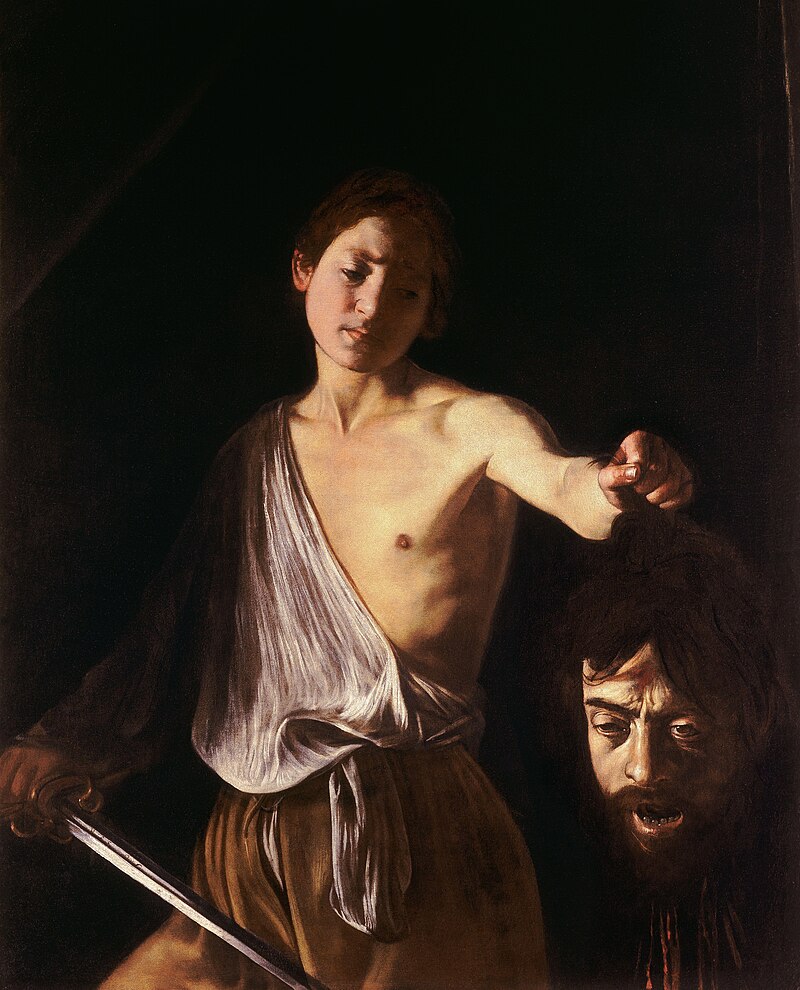The murderous painter
The shadows and lights of Caravaggio

Caravaggio's painting depicting David with the head of Goliath - Wikipedia
Michelangelo Merisi, better known as Caravaggio (1571–1610), was one of the greatest Italian painters of the 16th and 17th centuries—and indeed of all time. However, not everyone knows that, aside from being a masterful artist—pioneering the dramatic use of light and shadow—he was also a murderer. Unlike his contemporaries, Caravaggio rejected the opulence of power and its grand halls, the very spaces where his paintings are now displayed, bathed in light and glory. Instead, he preferred the gritty underworld and its inhabitants.
It was in the shadowy alleys of Baroque Rome that Caravaggio found his inspiration, worked, gambled, and drank. From a young age, Michelangelo Merisi had a difficult, hot-tempered, and troubled character. He initially channeled his rage as a mercenary in Hungary, a role that suited his combative nature. Later, he became an artist, creating paintings with a distinctive technique: subjects illuminated with stunning realism against dark, shadowy backgrounds. These contrasts of light and shadow mirrored the duality of his tumultuous life.
In one of Rome's alleyways, Caravaggio killed a young man—the son of a local mafia boss—during a swordfight, forcing him to flee after being banished from the Papal States. Between 1607 and 1610, he wandered through Naples, Syracuse, and Malta, where he was again exiled following another violent altercation, before eventually returning to Naples.
His only hope for salvation lay with Cardinal Scipione Borghese, a patron and admirer of his work. Borghese, whose name is immortalized in the famed Villa and Galleria Borghese, promised to intercede with his uncle, Pope Paul V, on Caravaggio’s behalf in exchange for several paintings to adorn his palace.
Many of these works, now housed in the Borghese Gallery, reflect Caravaggio’s deep-seated fear of death—particularly execution by decapitation. This fear is vividly portrayed in *David with the Head of Goliath*, where Goliath’s severed head bears the artist’s own likeness.
Despite his desperate attempts to secure redemption, Caravaggio died sick and alone, on the road back to face the trial he had fled.
Costantino D'Orazio, Mistero Caravaggio, Rizzoli, 2022
2025-06-18
Salvatore Ciccarello
